(589 products available)








































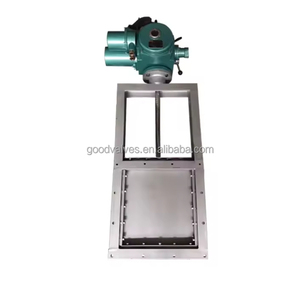
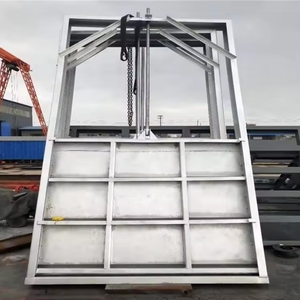
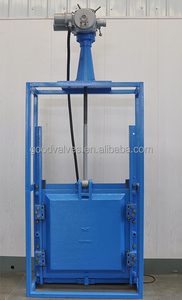
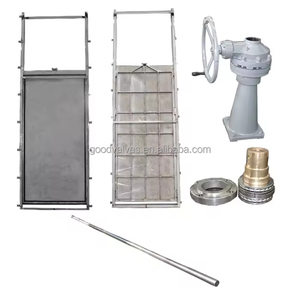
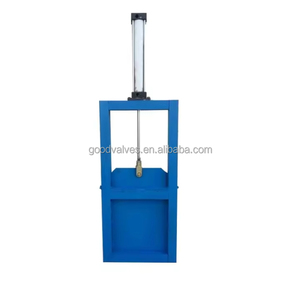
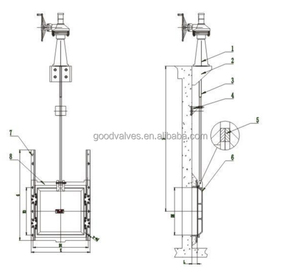
















































































































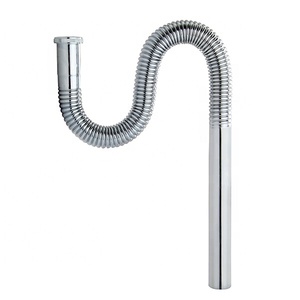





























An adjustable weir is a water management tool whose primary function is to control the flow and level of water in channels or other bodies of water. Typically, the weir is a barrier that is built across a stream or river with an opening in the middle. It is used to regulate the amount of water that flows downstream. An adjustable weir has a flap or lever that can be moved to change the height and width of the opening. This allows the flow of water to be adjusted depending on the needs and requirements.
Some common types of adjustable weirs include the following:
Adjustable weirs are versatile tools used in managing water levels as well as controlling flows in several applications. Here are some common usage scenarios:
Agricultural Irrigation
In agricultural irrigation, farmers use adjustable weirs to regulate and manage water levels in irrigation canals and ditches. This helps in ensuring that crops get the right amount of water. It also minimizes water wastage and helps in maintaining optimum soil moisture levels. Additionally, farmers can easily adjust the weir’s opening to match the specific water requirements of different crops at different growth stages. This results in improved crop yields and efficient water usage in farming.
Stormwater Management
These weirs are used in urban drainage systems and also in detention ponds for regulating and managing stormwater flows. Normally, they control the rate at which stormwater flows out, reducing the risk of floods downstream. Also, by adjusting water levels and flow rates, these weirs minimize erosion and maintain stable water levels in detention facilities. This ensures that stormwater is managed effectively, protecting both the urban infrastructure and the natural environment.
Water Quality Control
Adjustable weirs are also used in constructed wetlands and other water treatment systems. Here, they are used to control water levels and flow rates. This helps in optimizing the conditions necessary for pollutant removal as well as promoting wetland health. Moreover, by regulating water flow, these weirs help in maintaining consistent retention times within treatment systems. This enhances water quality and also reduces the potential impacts of treated water on the downstream ecosystems.
Hydroelectric Power Generation
These weirs are commonly used in hydroelectric plants for regulating the water level in reservoirs as well as maintaining a consistent flow rate through turbines. This enables efficient power generation and also helps in managing water resources for multiple uses. Additionally, by adjusting the weir openings, operators can control water levels, ensuring optimal conditions for power generation while accommodating other uses of water.
Recreational Water Bodies
Adjustable weirs are used in lakes, ponds, and also in artificial channels for maintaining desired water levels and flow rates. This helps in creating stable and appealing environments for recreational activities as well as supporting aquatic life. Further, by regulating water levels, these weirs prevent excessive fluctuations, ensuring that recreational areas remain accessible and enjoyable for users.
Follow these steps to select the most suitable adjustable weir for specific needs:
Determine the type required
Begin by identifying the specific requirements for the adjustable weir. Consider factors such as the type of water body (river, canal, wastewater system), the intended purpose (flow regulation, water level control, habitat enhancement), and any specific environmental or operational constraints. This initial assessment will help narrow down the options to the most relevant types of adjustable weirs.
Assess hydraulic performance
Examine the hydraulic performance characteristics of potential adjustable weirs. Look at factors such as the weir’s discharge capacity, head loss, and sensitivity to varying flow conditions. Ensure that the selected weir can handle the expected flow range and maintain optimal water levels under different hydraulic conditions.
Evaluate adjustability mechanisms
If flexibility in water level management is a priority, focus on adjustable weirs with user-friendly adjustability mechanisms. These can include manual gates, sliding panels, or pneumatic adjustments. Consider the ease of operation, maintenance requirements, and the precision of adjustments offered by each mechanism.
Consider construction materials
For adjustable weirs' longevity and performance, assess the construction materials suitable for specific environmental and hydraulic conditions. Common materials include stainless steel for corrosive environments, aluminum for lightweight applications, or reinforced concrete for large-scale installations. Ensure that the material choice aligns with durability needs and budget constraints.Review installation and maintenance requirements
Investigate the installation and maintenance demands of potential adjustable weirs. Some may require complex engineering and equipment for installation, while others may be more straightforward. Additionally, assess the maintenance needs to ensure long-term functionality, considering factors like debris management and component wear.
Consult experts and stakeholders
Before making a final decision, consult with hydrologists, engineers, or water resource management professionals with adjustable weir experience. Their expertise can provide valuable insights into the compatibility of different weir types with specific environmental conditions and regulatory frameworks. Additionally, engage stakeholders who will be affected by or involved in the weir’s operation to ensure their needs and concerns are addressed.
Adjustable weirs come in various designs that cater to different functional requirements and environmental conditions. Here are some of them alongside their functions and features:
Mechanical Adjustable Weirs
This type of weir uses a manual handle, gear, or lever to adjust the weir plate height. They are relatively cheap and easy to operate but require regular maintenance to avoid rusting and mechanical failure.
Hydraulic Adjustable Weirs
These weirs are adjusted using hydraulic pressure. To change the water flow rate, one uses a hand pump or connects to a hydraulic system. They are suitable for larger systems where manual adjustment is impractical. They offer more precise control compared to mechanical systems.
Electric Adjustable Weirs
These are powered by electric motors to adjust the height of the weir plates automatically. They provide remote control and require less manual intervention. They are ideal for integration into automated monitoring and control systems. They are also highly recommended for areas that experience frequent flooding since they can be adjusted quickly and effortlessly.
Solar-Powered Adjustable Weirs
These are similar to electric adjustable weirs, but they are powered by solar energy. They are suitable for remote areas where electricity is not readily available. They still offer the convenience of automated and remote-controlled adjustments.
Buoyancy-Controlled Adjustable Weirs
These use buoyancy to adjust the weir opening. They are often found in natural water bodies and can adapt to varying water levels automatically. They have low maintenance needs and are environmentally friendly.
Telecom-Linked Adjustable Weirs
These are equipped with sensors and communication devices to monitor and adjust the weir remotely via telephone signals. They are useful in sophisticated water management systems, offering data transmission and remote adjustment capabilities.
Fish-Friendly Adjustable Weirs
These are designed to allow easy passage for fish and other aquatic organisms. They provide gradual slope and low-velocity zones. They are ecologically considerate and assist in maintaining the natural ecosystem balance.
Gravity Adjustable Weirs
These rely on gravitational force for adjustments. They are simple in design and very economical. Nonetheless, they need regular manual intervention to ensure proper functionality and adjustments.
Smart Adjustable Weirs
These have integrated sensors for water level, quality, and flow rate measurement. They offer automated adjustments based on real-time data, providing highly efficient water management solutions. They are suitable for complex and sensitive ecosystems or in areas with strict water management regulations.
Q1: What is the difference between an adjustable weir and a fixed weir?
A1: An adjustable weir can change the outflow rate and water level based on the current conditions and needs. In contrast, a fixed weir has a set opening that cannot be adjusted, meaning its outflow and water level are constant and can’t be changed to suit different conditions.
Q2: What types of systems benefit from adjustable weirs?
A2: Adjustable weirs are useful in various systems, such as irrigation, stormwater management, wastewater treatment, and aquaculture. These systems require precise water level control and flow regulation to operate efficiently and sustainably.
Q3: How does one maintain an adjustable weir to ensure it functions properly?
A3: Users should regularly inspect the adjustable weir for debris and other obstructions that may hinder its operation. They should also check for signs of wear and tear and rust, especially on metal parts, and lubricate moving mechanisms periodically for smooth adjustment.